Class 7 - History13. Life of the People in Maharashtra/ Textual Exercise /Maharashtra state board/ questions and answers
Class 7 - History
13. Life of the People in Maharashtra/ Textual Exercise /Maharashtra state board/ questions and answers
1. Complete the chart.2. Which undesirable customs are prevalent in today’s society ? Suggest measures for their eradication.
Ans: The bad traditions prevalent in the society are:
1.No Education for girls.
2.Female infanticide.
3.Dowry.
4.Animal sacrifice
5.Superstitions.
6.Bonded labour.
The ways to get rid of these bad traditions are:
1.Special provisions for girl’s education.
2.Awareness programme for women.
3.Inculcating scientific attitude.
4.Special law to protect the women and girl child.
5.Thinking positive, parental guidance to think in a systematic way, to get science knowledge update to disperse the blind belief will eradicate superstition.
3. Make a detailed note about the festivals celebrated in your area.
Ans:
Festivals Celebrated in Maharastra (Mumbai)
Mumbai, being a melting pot of various cultures, religions, and traditions, celebrates a wide range of festivals throughout the year. These festivals reflect the city's multicultural spirit, with grand processions, elaborate decorations, and enthusiastic participation from people of all communities.
1. Ganesh Chaturthi:
One of Mumbai’s biggest festivals, with large Ganesha idols installed in homes and public "pandals" (temporary stages).
Lavish decorations, devotional music, and cultural performances.
The festival lasts for 1.5 to 10 days, culminating in the grand Ganpati Visarjan, where idols are immersed in the sea (especially at Girgaon Chowpatty, Juhu Beach, and Powai Lake).
Famous Ganesh Mandals include Lalbaugcha Raja, Mumbaicha Raja, and GSB Seva Mandal.
2. Diwali:
Families exchange sweets and gifts.
Fireworks displays light up the Mumbai skyline.
The stock market sees the special Muhurat Trading session during Diwali.
3. Navratri & Dussehra:
Grand Durga Puja celebrations by the Bengali community in areas like Shivaji Park and Vashi.
On Dussehra, huge effigies of Ravana are burnt at Shivaji Park, Azad Maidan, and other locations.
4. Eid-ul-Fitr & Eid-ul-Adha:
Families gather for feasts, with dishes like Biryani, Seviyan, and Kebabs.
Crowded shopping markets in Mohammed Ali Road and Bhendi Bazaar.
5. Christmas:
Streets in Bandra, Colaba, and Malabar Hill are decorated with Christmas lights and cribs.
Christmas markets and bakeries sell cakes, cookies, and sweets.
6. Holi:
Famous Holi parties are hosted in Juhu, Bandra, and Thane.
Bonfires are lit on the night before Holi (Holika Dahan).
7. Gudi Padwa:
Special Maharashtrian dishes like Puran Poli and Shrikhand are prepared.
Processions and cultural programs take place in Girgaon and Dadar.
8. Janmashtami (Dahi Handi):
Dahi Handi competitions are held across Mumbai, where teams form human pyramids to break a pot of curd.
Famous Dahi Handi events take place in Dadar, Thane, and Worli.
Bollywood celebrities often attend these celebrations.
09. Parsi New Year (Navroz):
Families prepare traditional Parsi dishes like Dhansak, Patra ni Machhi, and Ravo.
10. Easter:
Easter eggs and cakes are shared among families.
11. Maharashtra Day:
Cultural programs and Marathi pride celebrations across Mumbai.
12. Buddh Purnima:
Processions take place at Chaityabhoomi, Dadar.
4. Use the following points to compare life in the era of Shivaji Maharaj and today’s life.
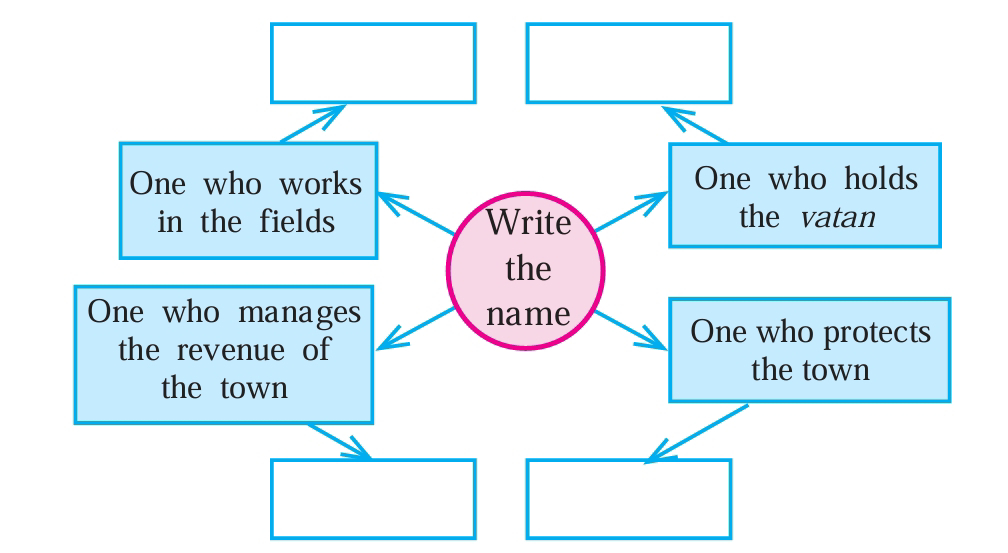





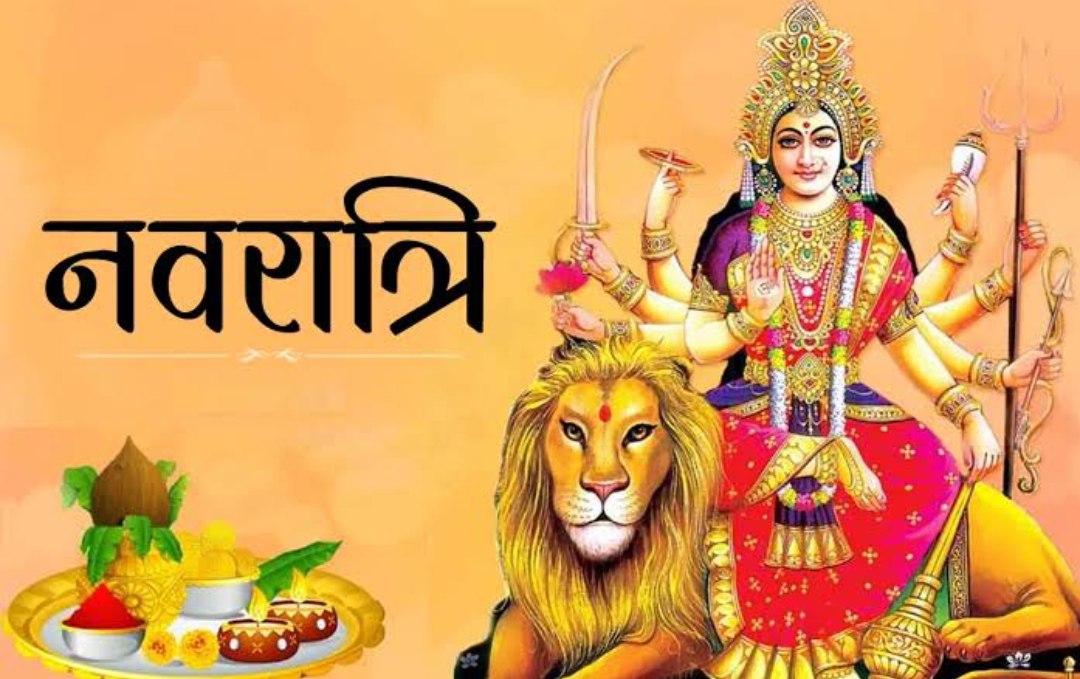

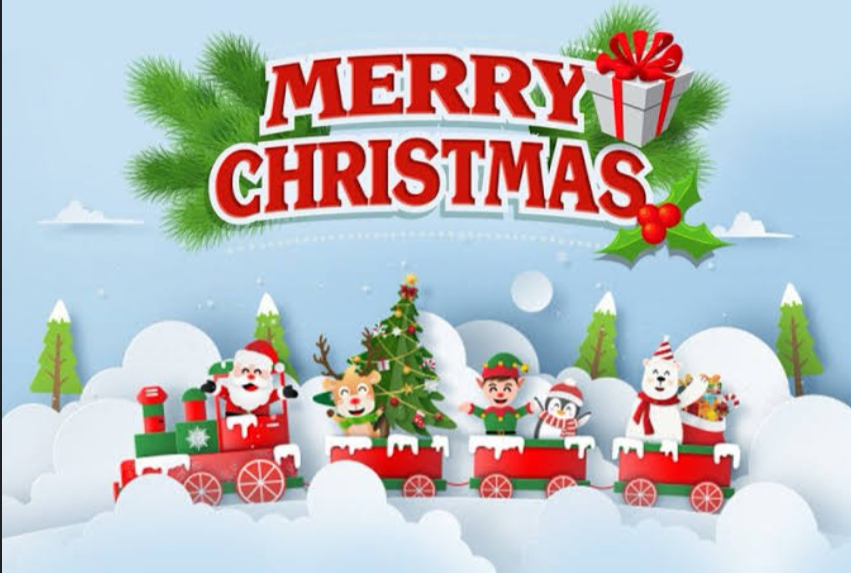
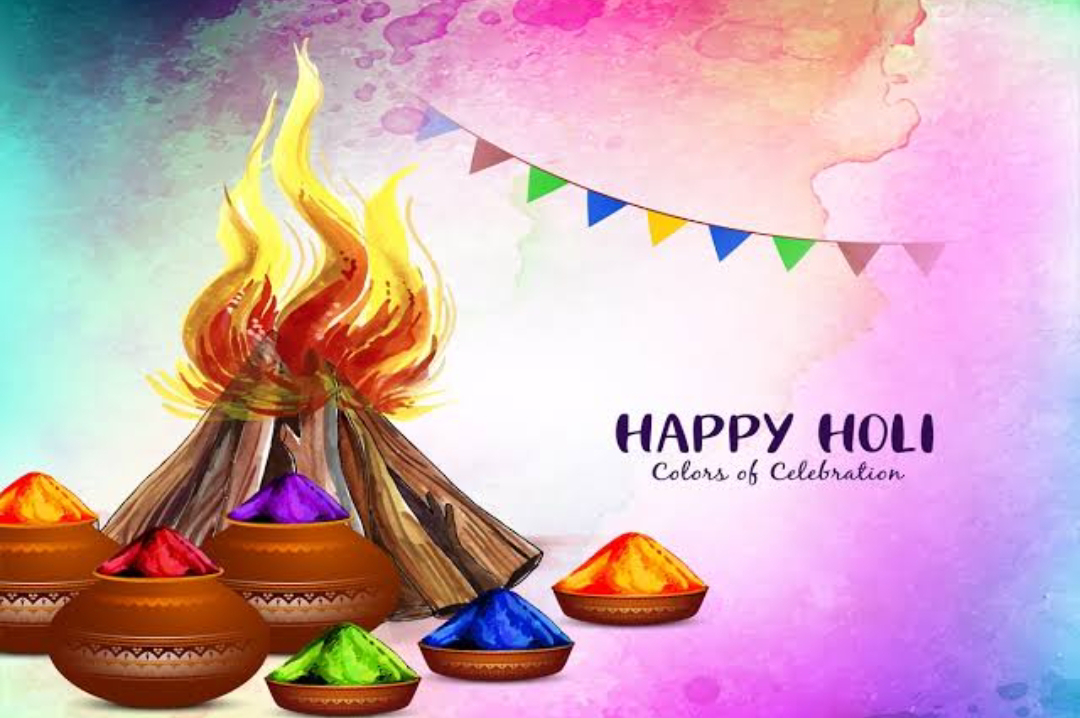









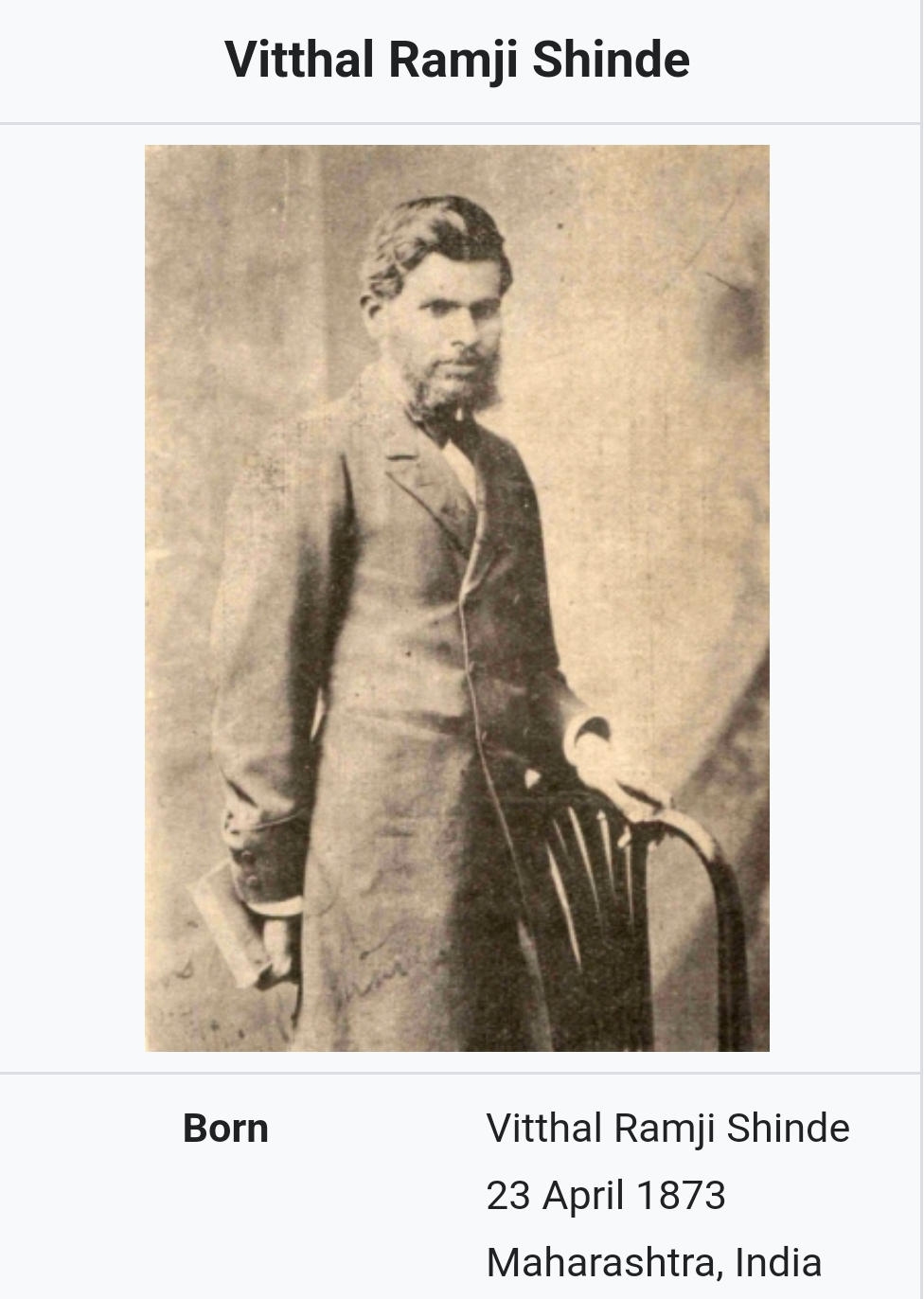
Comments
Post a Comment